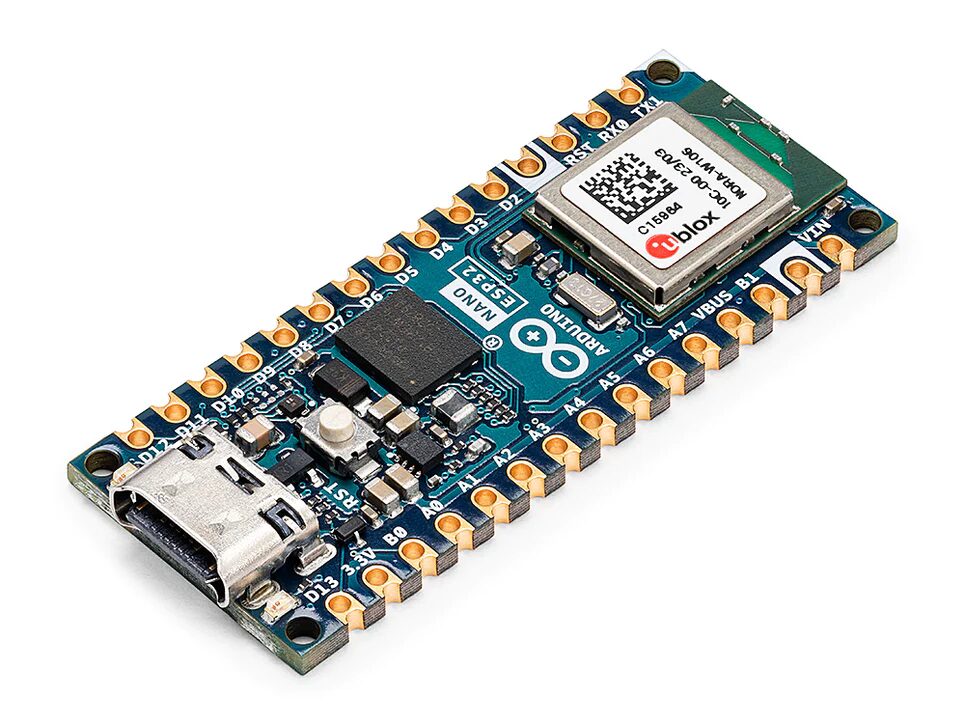
Arduino Nano boards are one of the most widely used prototyping boards. There is a classical version of Nano and more advanced ones like Nano 33 IoT, BLE Sense Rev2, RP2040, and many more. For those who use these boards, we have great news. Arduino just released a new addition to their Nano family – Nano ESP32!
MicroController
The new Nano ESP32 is packed with all kinds of features. Starting with its microprocessor – ESP32-S3 (embedded in the NORA-W106-10B from u-blox). It contains Xtensa LX7 dual-core 32-bit processor that can reach speeds up to 240 MHz. Read-only memory (ROM) is 384 kB, while static RAM (SRAM) is 512 kB with an additional 16 kB in the real-time clock (RTC). SRAM is 215 times larger than in classical Nano board! Moving on, this module from u-blox has a built-in antenna and supports Wi-Fi and Bluetooth connectivity. Wifi can reach speeds up to 150 Mbps, Bluetooth up to 2 Mbps.
Pins
This module has 14 digital and 8 analog pins. They support protocols like SPI (pins D11, D12 and D13), I2C and I2S (A4/A5), UART (D0/D1) and even CAN/TWAI® (Two Wire Automotive Inferace).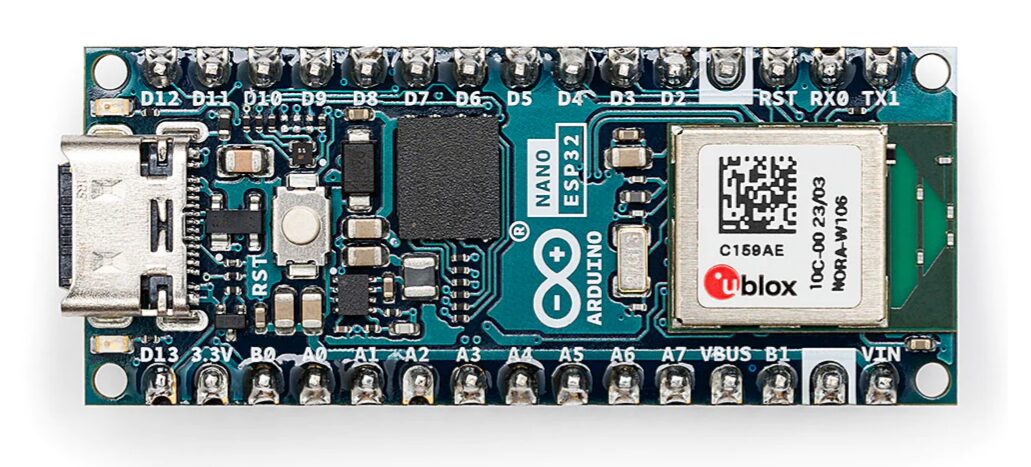
(Low)Power
How you can power this module? Can you use a 12V power supply? Well, there are 3 ways of powering this board:
- The operating voltage of this system is 3.3V, so you can connect 3.3V straight to a 3.3V pin
- Another way is supplying 5V via USB-C connector. With this method, the VBUS pin will output 5V
- You can also use a VIN pin. It has wide input voltage range from 6V to 21V
Furthermore, this module has 2 low-power modes. Light sleep – in this mode module draws about 240 μA. Dee sleep – current consumption in this mode is only 7 μA! These modes can greatly reduce power consumption drastically and preserve battery. This is a great feature for people who do battery-powered projects.
MicroPyThon
“Nano ESP32 brings MicroPython and IoT to the fingertips of Arduino user” – this is how Arduino describes their software and hardware compatibility. They believe that their new Nano ESP32 module is the best platform to learn MicroPython. They even have a free course called MicroPython101. There they explain what boards you can use with MicroPython, how to set them up, what code editors to use, and everything related to getting started programming. After setup, there is an actual course where you can learn to use MicroPython in statements, loops, control digital and analog I/O, PWM signals, serial protocols, connect to IoT, and even do some practical examples with external component modules. At the end, there are also a few projects you can practice on.
Video
More information
You can get an Arduino Nano ESP32 board from the Arduino store for 20$ and the board with headers for 21$. For more information about the board, you can check its datasheet.





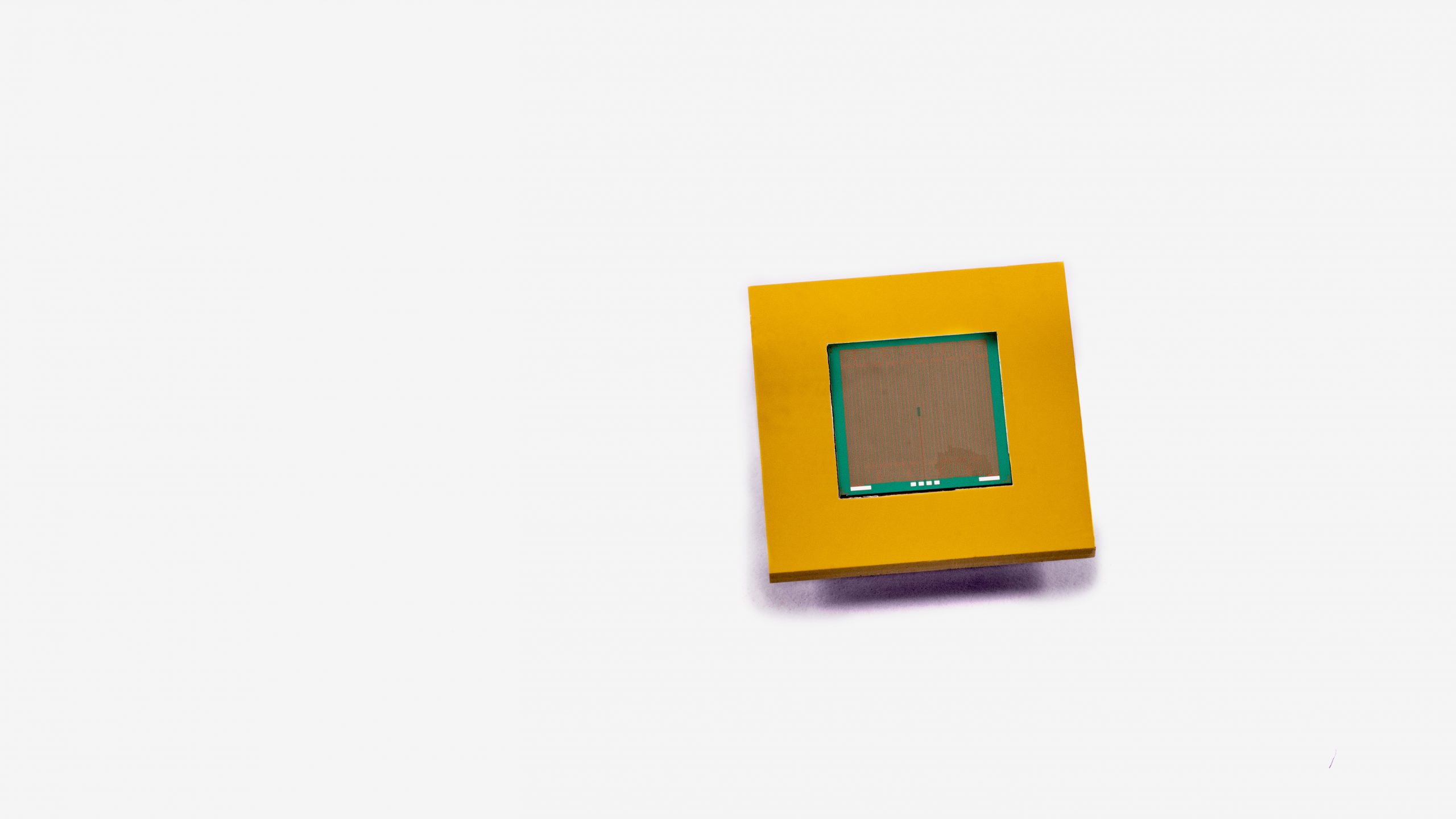
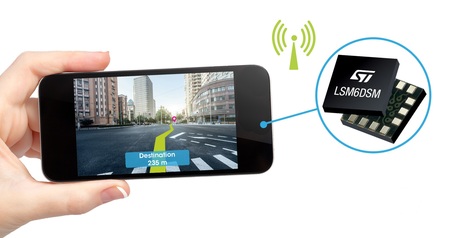


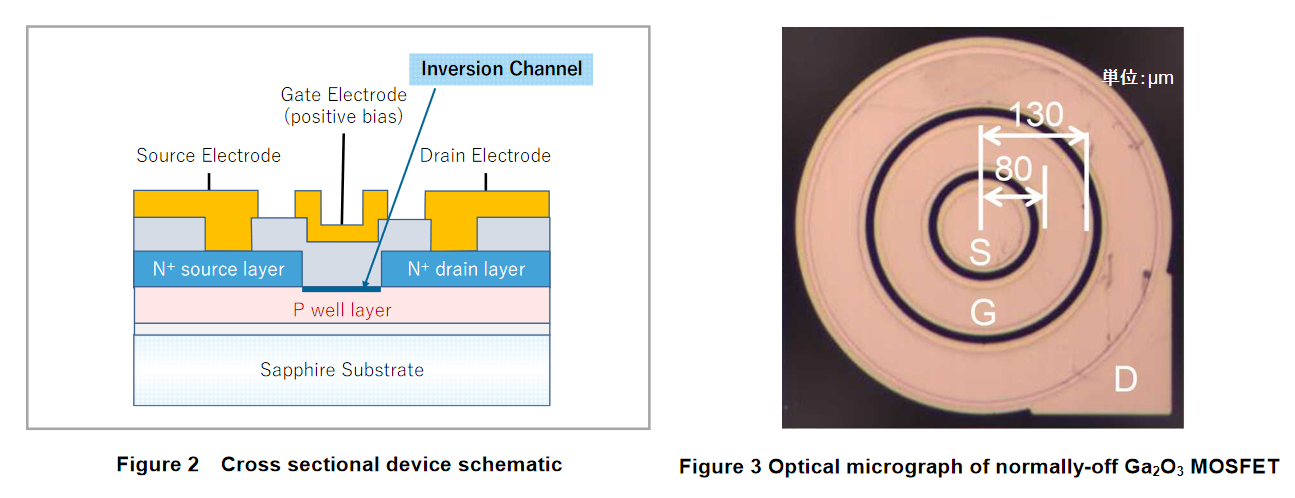
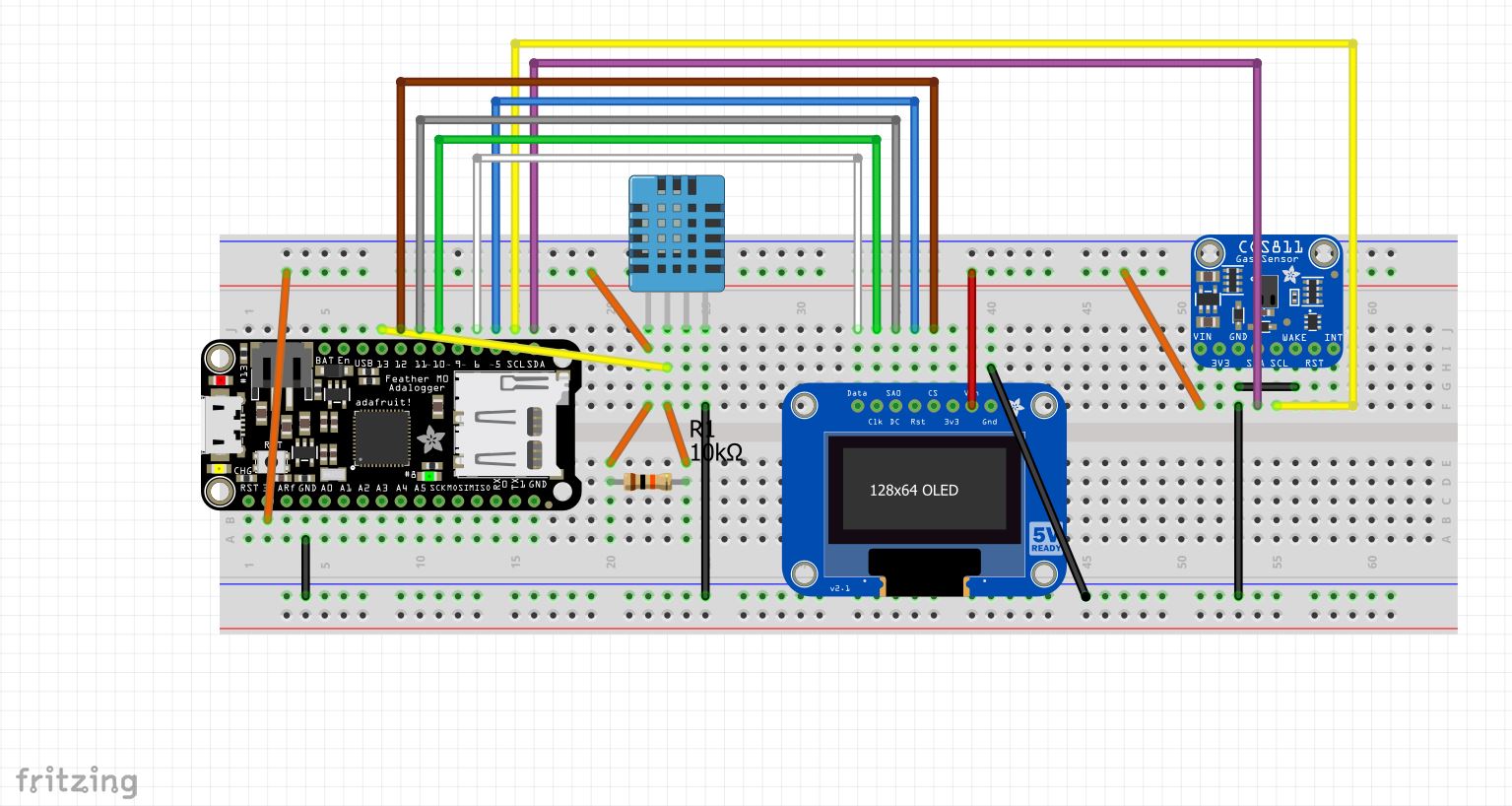







FCC ID? ISED certificate for Canada? No? Sorry but it’s illegal to sell it in North America.
Actually, because the esp32 module has it’s own FCC ID the Arduino board most likely doesn’t need it’s own certificate. They have to do things EXACTLY as the datasheet says though, that can’t make changes like Raspberry Pi did to that USB C port.